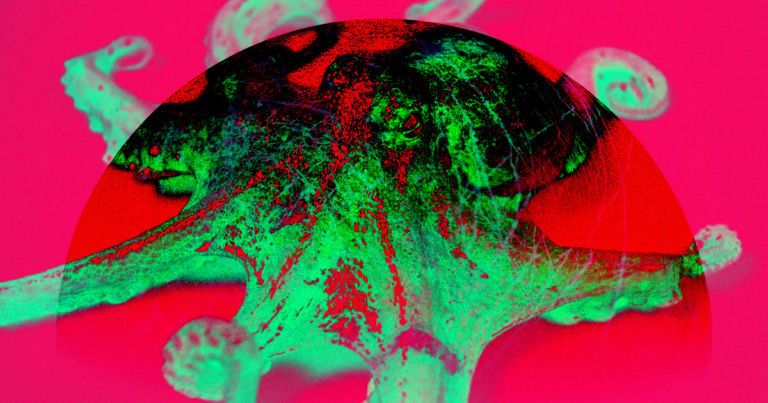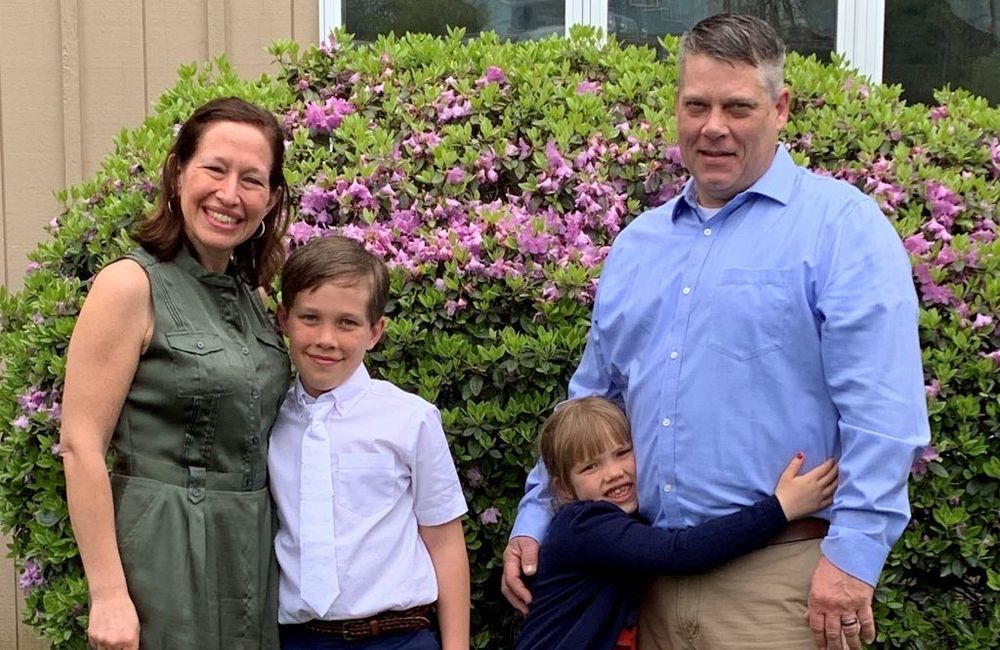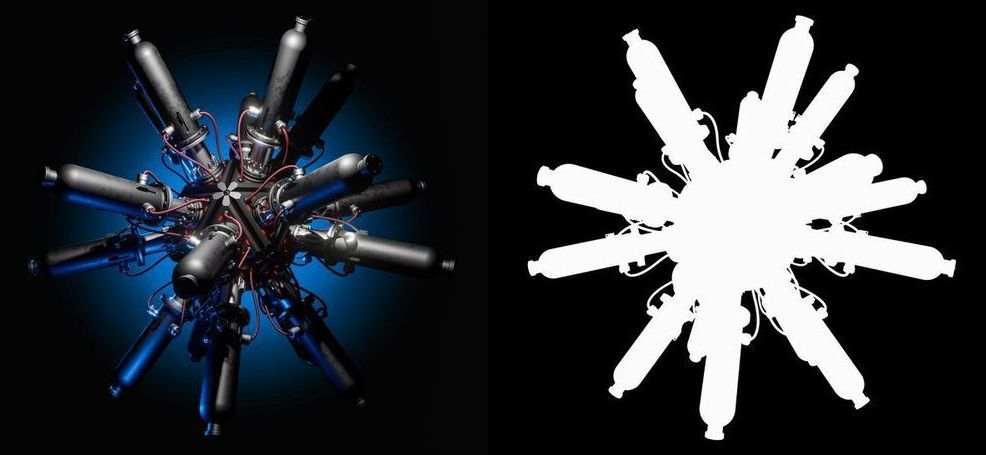Starlink and SES will bring satellite to modular data centers in remote areas.
Get the latest international news and world events from around the world.

Virgin Galactic test flight scheduled to launch this fall
ALBUQUERQUE, N.M. — The president of Virgin Galactic gave state lawmakers an update Monday on the company’s progress toward commercial spaceflight.
Virgin Galactic President Mike Moses said the first test space flight from Spaceport America will happen sometime this fall, which is the final step before taking paying customers into space.

U.S. space mining policies may trigger regulatory ‘race to the bottom,’
In a newly published policy paper, a pair of Canadian scientists warn that the United States is angling to establish itself as the de facto gatekeeper of the moon and other celestial bodies.
Earlier this year, NASA published a new set of rules for lunar mining and other space activities, dubbing the voluntary guidelines the “Artemis Accords.”
Aaron Boley and Michael Byers, authors of the new Science paper, argue that the Artemis Accords are part of a concerted effort by the U.S. and NASA to set a legal precedent for space-based resource extraction.
Headless Box-Stacking Robot Ready to Be Enslaved for $250,000
Watch this video. You’ll want to remember where you were when the uprising truly began.

University Chancellor Predicts “Higher Forms of Life” on Europa
Big Tentacle
Grady believes creatures could be living in glacial oceans underneath a hard shell of ice that’s up to 15 miles thick on Jupiter’s frigid moon.
Scientists have long suspected the existence of these deep subsurface oceans on Europa — and maybe even life. In fact, NASA announced in August that it’s completing the final designs for a Europa-bound spacecraft called Europa Clipper, which will look for signs of life.


Genetic Testing for Breast Cancer Reveals Rare Disorder
An odd lump on Elizabeth Cowles Johnston’s breast prompted a Friday morning call to her primary care physician Rebecca Andrews at UConn Health.
Dr. Andrews quickly fit her in, and upon checking the lump sent her to Dr. Alex Merkulov, Section Head of Women’s Imaging at the Beekley Imaging Center at UConn Health for a mammogram and ultrasound. The following Monday she had a biopsy of her breast and by that Wednesday she had the diagnosis of breast cancer.
“It was all very quick,” says Johnston.
Scientists Claim to Discover New Organ in Human Skull
“It seems like they may be onto something,” Dr. Valery Fitzhugh, a Rutgers University pathologist who didn’t work on the study, told the NYT. “If it’s real, it could change the way we look at disease in this region.”
The fourth pair of salivary glands are better hidden than the other three, which are right beneath our skin and can be manipulated through the surface. So unless doctors were explicitly looking for them, it’s feasible to see how the easily-damaged glands went undiscovered all this time.
“The location is not very accessible, and you need very sensitive imaging to detect it,” study author Dr. Wouter Vougel, a radiation oncologist at the Netherlands Cancer Center, told the NYT.

